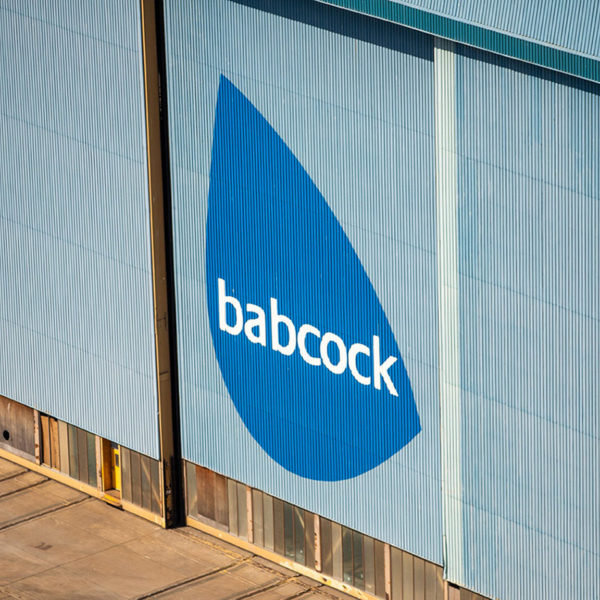18 Ago 2015
Submariner training of the future is already here

How do you train the next generation of submariners to crew a new class of submarine; without a submarine to train on? Stephen Young, Future Business Director at Babcock International Group, explores a solution in the paper that he is presenting at this week’s SimTecT conference in Adelaide, South Australia. Stephen’s paper, ‘Synthetic training – providing operational and commercial value in equal measure’, offers practical insights in providing synthetic training of submariners.
In simple terms, synthetic training is the ability to reproduce real life working environments and situations that allow the trainee to learn without having to be in-situ. His paper explores training solution development, delivery, outcomes and the lessons learnt. Stephen’s paper presents the 3D-Walkthrough is an excellent tool, but not a complete solution.
“Unlike other virtual reality simulations where attaining a skill is the goal, the 3D-Walkthrough assists the trainee in developing the behaviours and self-confidence to become a safe submariner, and a military asset in the complex and hostile operating environment of the submarine,” he says.
Virtual training is being developed for operational, maintenance and military team training in the areas of bridge watch keeping, submarine ship control, diesel engine operation and maintenance, and on board electrical and mechanical equipment fault diagnosis and repair. Recognising that well designed and developed virtual training improves operational availability, compresses trainee throughput, improves training contact time and counteracts skill fade, the migration from traditional media is becoming culturally acceptable and a financially necessity.
“A solution that is created once but reused many times, in the classroom, through virtual learning environments and mobile devices is the goal of many providers,” says Stephen. “It provides both a better Return On Investment (ROI) and improved learning outcomes.”
Simulated training is interesting and stimulating. It encourages learning and retention, which is particularly relevant for a 10 week submariner course, training participants with a wide range of abilities.
The clear operational benefit from Babcock’s efforts is a form of immersive Submarine Qualification training with no impact on service asset availability (i.e. Does not impact submarine deployment), that maintains high standards and pass rates, allows emergency procedures to be practiced in the safety of the classroom and also reduces the sea qualification time.
Babcock is a leading engineering support services organisation. The Babcock Training Academy supports the Australian and New Zealand Defence, Government and High Technology markets by offering high quality education solutions aligned to the needs of the sector.
SimTecT 2015 is the leading conference of the simulation industry, held in conjunction with SimHealth, at the Adelaide Convention Centre 17 – 21 August, 2015.